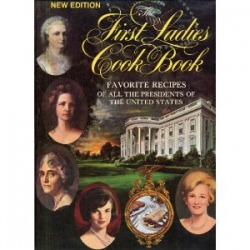1. Add fat.
Last night my friend OCD and her husband Juan came over for dinner. OCD asked me what on earth I had done to the salmon.
"Nothing special. Onion chives, fresh taragon, lemon, salt, pepper, and two incisions stuffed with butter," I recited.
"Butter!" she said, light dawning in her eyes. "I should use more butter..."
Yes, yes you should, I mused silently. This musing was not directed at OCD particularly, but at the world in general. Unfortunately, our national anti-fat hysteria has caused people to remove obvious sources of fat such as butter and olive oil from their diets while they continue to consume mass quantities of unhealthy additives in processed foods. It's a lose/lose situation.
2. Do not be afraid of existing fat.
OCD also has a phobia of visible fat on meat. Being OCD, she is inclined to remove all fat from raw meat with surgical precision. I can understand that. Fat is kind of gross looking and can have a rubbery texture. (I am the nasty sort of person that actually enjoys chewing on great pieces of succulent steak fat, but I can't expect everyone to be on that bandwagon.) Fat is also what gives meet its succulence. If you insist on removing fat or skin for dietary or aesthetic reasons, consider waiting until after the cooking process. Your meat may have a slightly higher fat content but it will also be more satisfying.
3. Grow and use fresh herbs.
Fresh herbs brighten any dish, and can do wonders for canned foods. Unfortunately, fresh herbs in the produce aisle are incredibly overpriced. The problem is easily rectified by creating a small herb garden. (I prefer growing herbs in a container because I am lazy and it saves me from walking all the way out to the garden for a sprig of thyme.) Plus, growing your own fresh herbs is an excellent way to impress the ladies. Or so I'm told...
4. Own cast iron.
A properly seasoned iron skillet is as nonstick as Teflon and you can treat it more roughly. (And instead of releasing particles of polytetrafluoroethylene into your food, cast iron pans leach trace elements of iron, which is actually beneficial, especially for all of you anemic vegetarians.)
5. Use stock.
Chicken stock adds dimension to sauces, soups, and sauteed vegetables. If you are interested in a simple and foolproof recipe, let me know.




 RSS Feed
RSS Feed